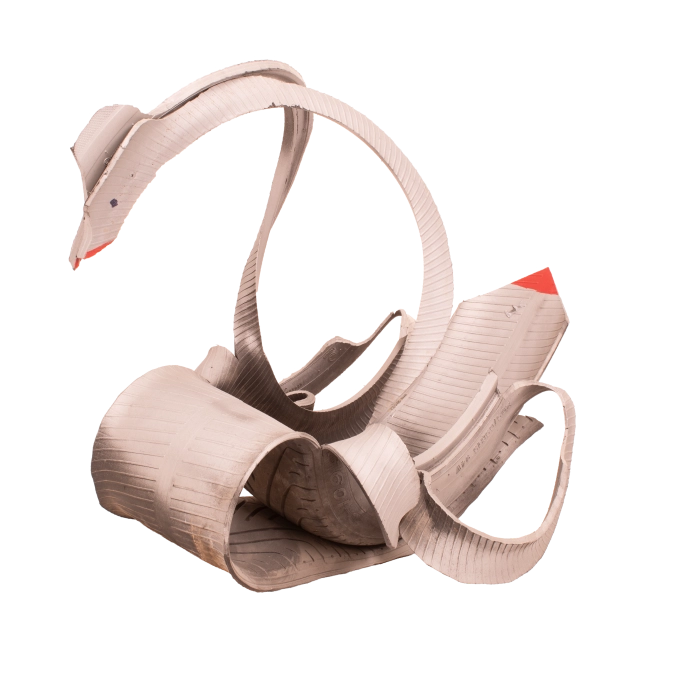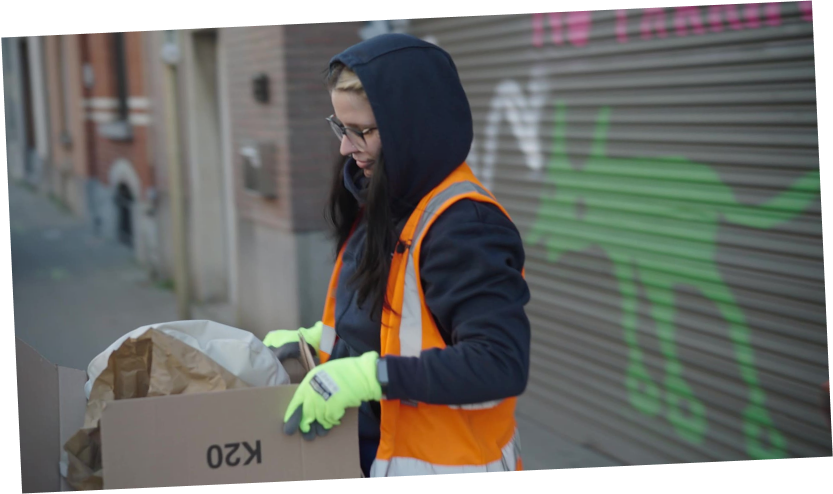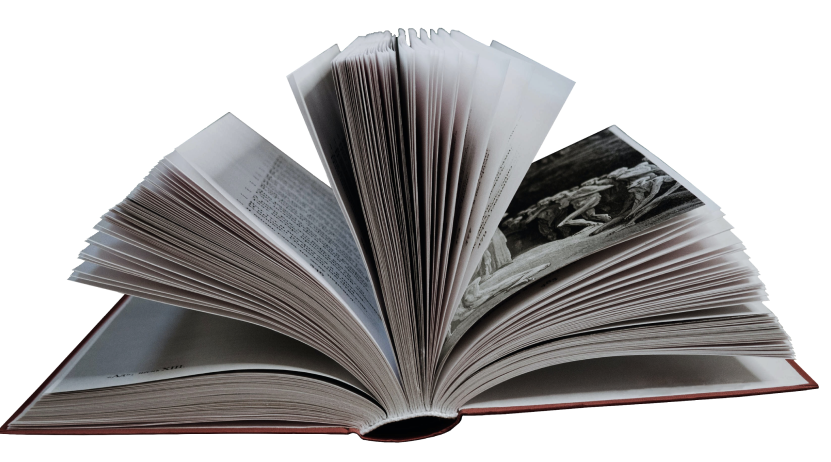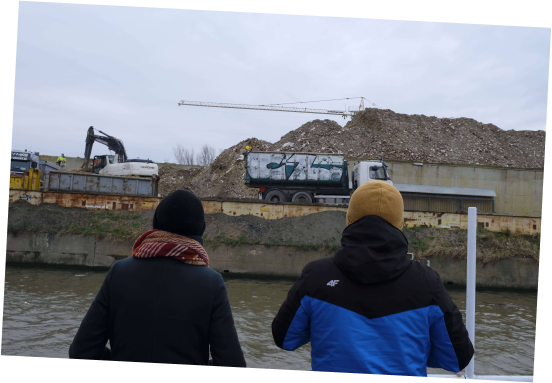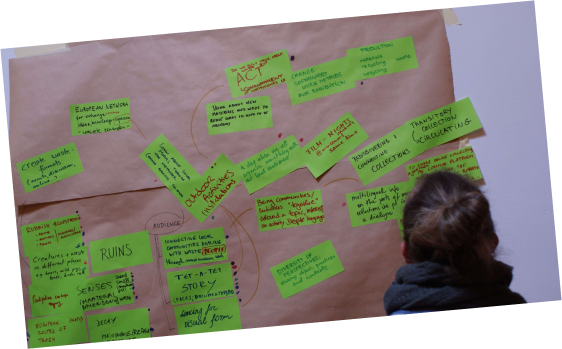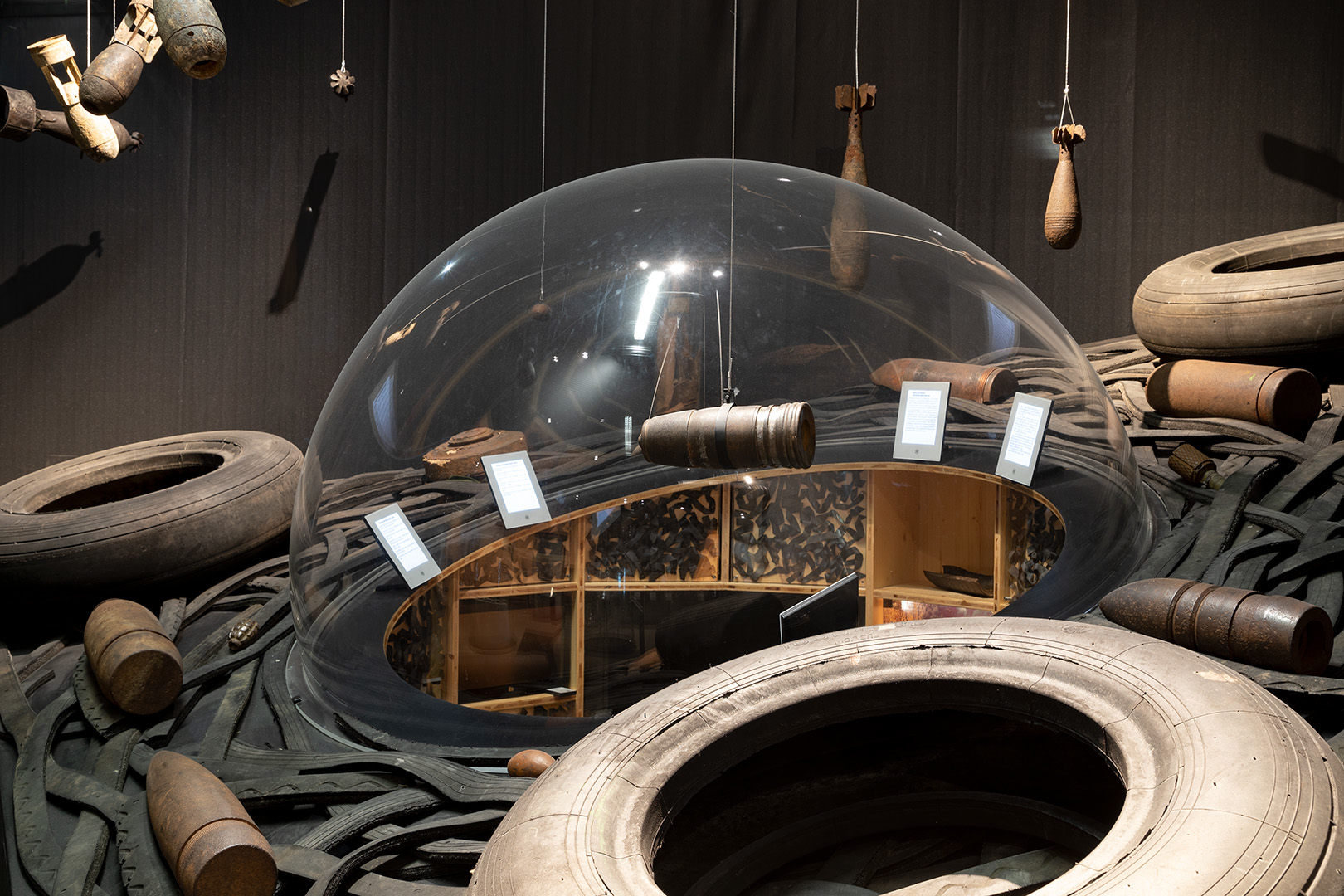Artist/Maker Creators group of curators from the permanent exhibition Encounters, from the section People and the Environment
Date Production/Creation
2016
Entry in the museum collection
2016
Place of origin
Raadi, part of the landscape architecture project ‘Memory Field’
Current location
Estonian national museum, Tartu, Estonia
Material
Rubber, metal, aluminium, etc.
Dimension
5 x 5 m
Inventory Number Exhibit on display
Keyword Pollution Rubbish War
Copyright Estonian National Museum
Status Installation at the exhibition
Image Credit Estonian National Museum
Soviet troops left their environmental footprint in Estonia.
What is this object about, who are the people behind it?
The Soviet-era military airfield left behind a huge amount of rubbish and environmental pollution. This was the start of the challenge: how to give new meaning to the history of the area, what should be kept as a warning and what stories from around the historic park of Raadi Manor are important in the context of European cultural history. The army leaves behind dumped barbed wire, unexploded mines and polluted ground water, but the mark they leave on the environment lasts longer than it takes to remove the pollution or reconstruct the ruined buildings. Everyday living does not return overnight. During the Cold War years of the Soviet period more than 1.500 military sites were created in about 800 locations in Estonia, covering 87.000 hectares, which is nearly 2% of Estonia’s total area. Besides unexploded mines and missiles, the environment was under threat from numerous missile bases, which leaked poisonous liquid fuel into ground water. Raadi has long been linked to the military. There was a Tsarist army infantry regiment based there as early as the turn of the 19th and 20th century, and cavalry and air force regiments during the first Republic of Estonia. After WWII the Soviet Union established a military airfield at Raadi, which became one of the biggest military airfields in the Warsaw Pact countries. Raadi became the most polluted military site in the whole of Estonia.
What places is this object related to, how European/transnational is it?
The new Estonian National Museum building and Raadi manor house.
Why and how did this object arrive in the museum’s collection?
Raadi area was cleaned as part of the architecture competition and the construction of the new museum building, whereas many of the examples of the hazardous waste became part of the new permanent exhibition Encounters.
What is the relation of this object to waste?
Waste sub-class: hazardous waste in the urban environment.

